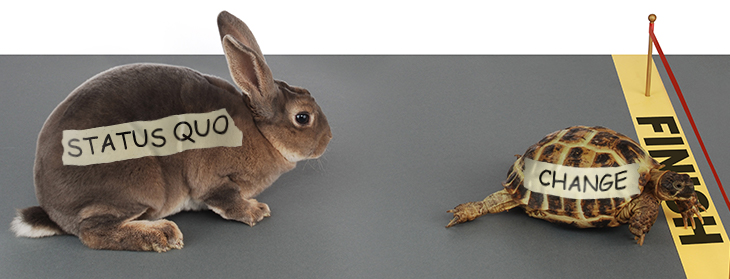
When it comes to change, slow and steady wins the race
Posted On June 2, 2018
Change is difficult. It’s often necessary in business to usher in new leadership, to reverse an undesirable trend, to take advantage of new opportunities, or simply to keep up with or a step ahead of the competition.
But we humans are naturally reluctant to accept change, predisposed to prefer the known status quo to the unknown. The result is often a workforce that is pulled kicking and screaming into the company’s new reality, retreating into the defensive position of protecting its jobs, and slowing and complicating the process with its recalcitrance.
But my guest in this week’s episode of “What’s Working with Cam Marston,” Tim McCleary, says it doesn’t have to be that way.
After overseeing a rebranding of one of the country’s most recognizable companies, General Electric, McCleary started his own firm, The Involvement Practice, to help organizations navigate major changes smoothly. Perhaps unsurprisingly, he says the most important piece of successfully implementing change is getting employees to buy in.
“I think any change that is being forced through an organization will not be successful,” he says.
But how to get your employees on board with a new vision, or a new process? McCleary says you might be surprised how well people adapt to change if given the right environment and the right opportunities to be an active part of the process.
Keeping it simple is the key, McCleary says, and his strategy for a bought-in workforce is outlined in three simple words: Understand. Own. Activate.
Join us to learn what McCleary means by that mantra, how you can use internal influencers to help accomplish it, and why when it comes to instituting change, slow and steady wins the race.